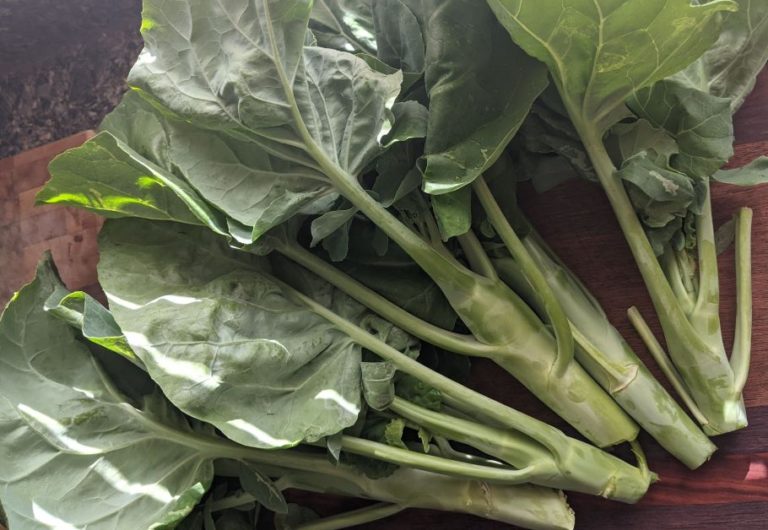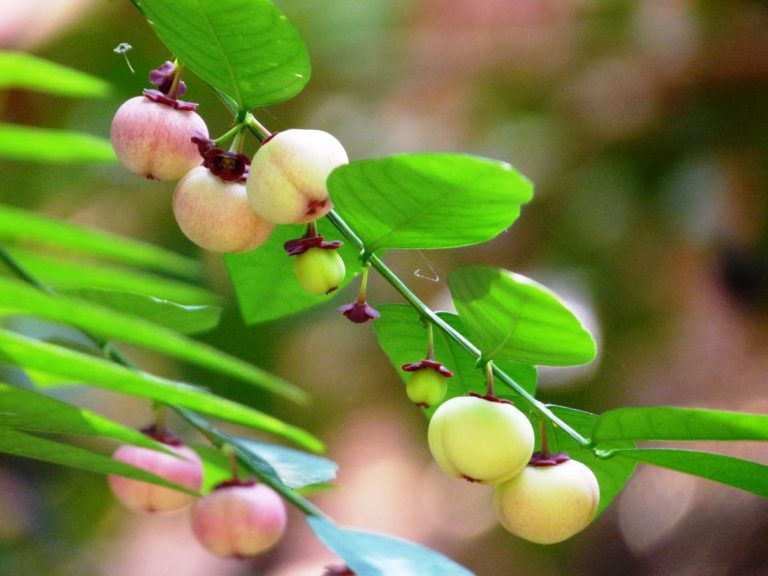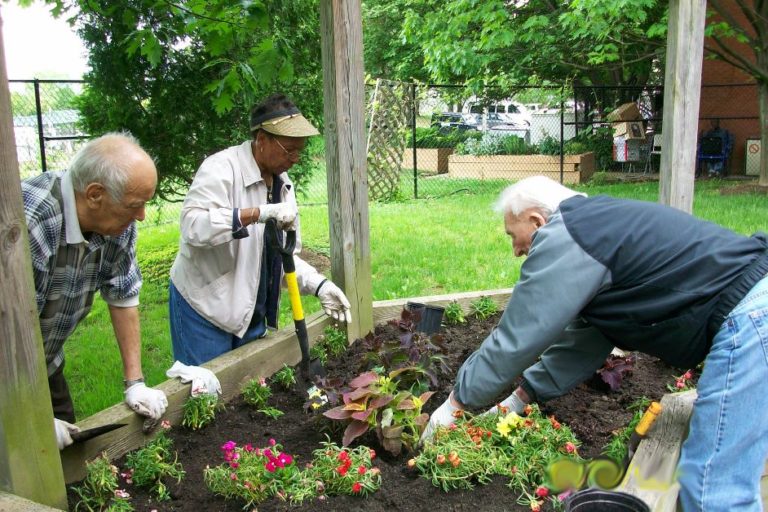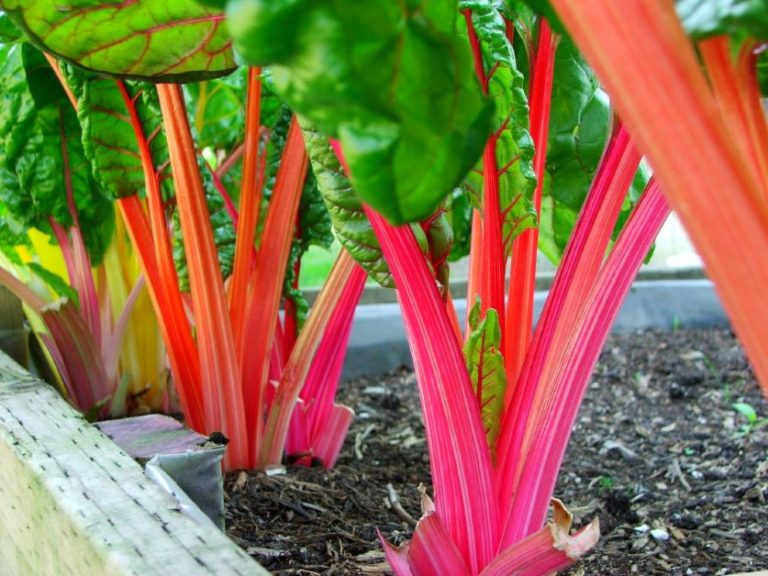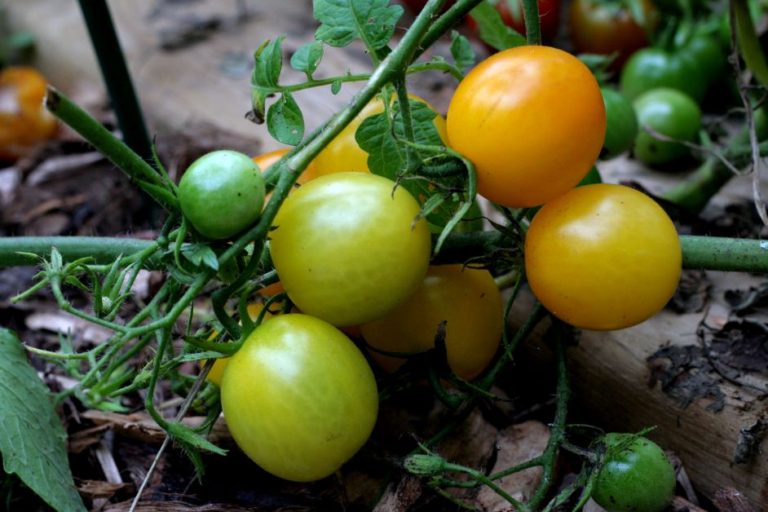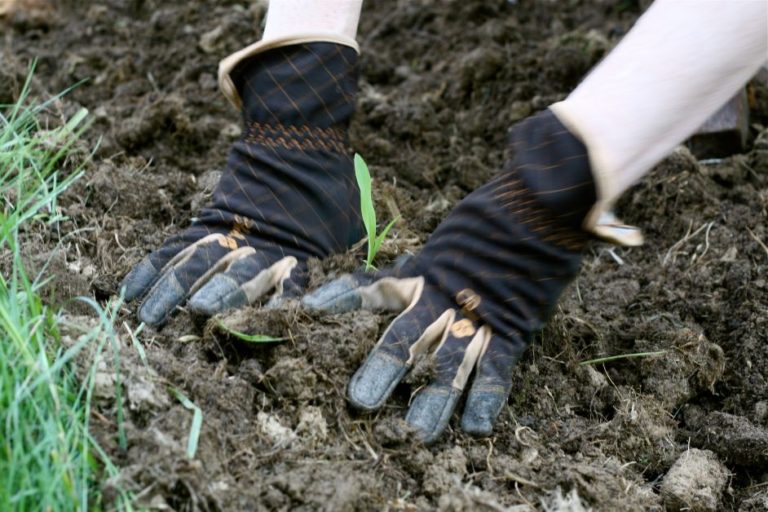How to Grow Papalo in Florida
If you’ve ever tried to grow cilantro in the summer, then you know that it just doesn’t work. It seems like it would be a heat-loving plant but cilantro is one of the quickest bolting herbs you can grow.
With every passing year in Florida, our summers get longer and hotter and our winters shorter and milder. For this reason, I urge Floridians to skip growing cilantro altogether. Instead, learn how to grow papalo – the cilantro dupe that loves heat and humidity.
What is Papalo?
Papalo (Porphyllum ruderale), is an herb native to Mexico, Central and South America. It’s relatively unknown in the United States but very popular in Bolivia and Puebla, Mexico. Papalo is also known as Bolivian coriander, quillquiña, and yerba porosa.
Most people use papalo and cilantro interchangeably, but the two herbs aren’t related. Papalo is in the Asteraceae family, making it a relative to sunflowers, asters, and daisies.
Papalo grows to be about 5 feet tall and 3 feet wide. It’s an herbaceous plant, meaning it has green, non-woody stems. The leaves are circular and widish.
Unlike cilantro, papalo thrives when the weather is hot and bolts when the weather is cool. When papalo bolts, it puts out seeds that are a lot like dandelions. They’re fluffy and light and are carried off by the wind.
What Does Papalo Taste Like?
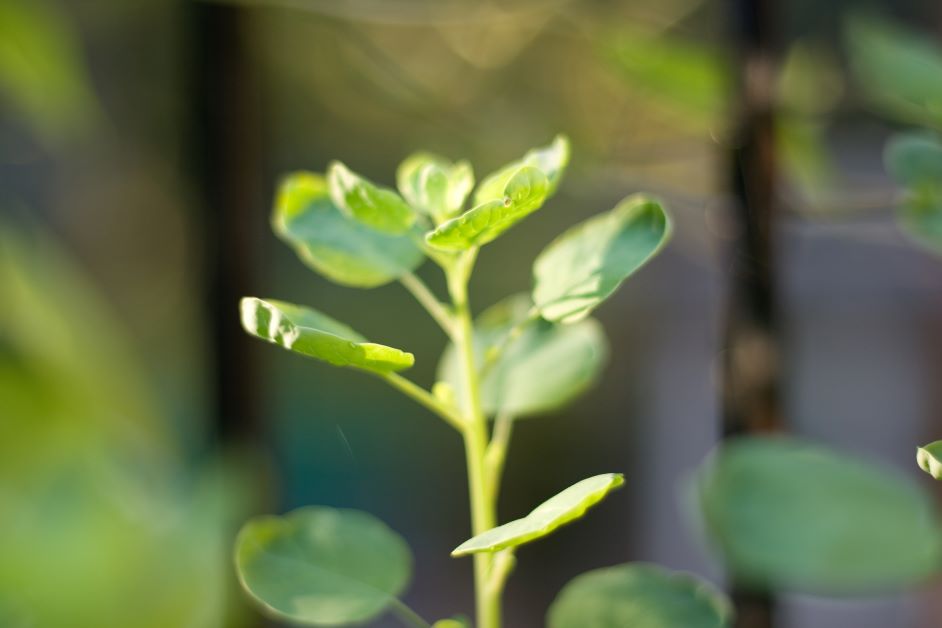
Papalo tastes a lot like a cross between cilantro and arugula. It tastes so much like cilantro that if chopped up and put into a salsa, you probably wouldn’t tell the difference.
Word of warning: papalo is very pungent. For cilantro-lovers, this is awesome. For others, it might be a little overpowering. If you’re one of those who find papalo to be too strong, eat the young leaves instead of the older ones. The younger, more tender leaves are milder.
Papalo is a main ingredient in a popular Bolivian hot sauce called llajua. In certain parts of Mexico, you’ll find fresh papalo on the table at lunch or dinner.
When to Plant Papalo in Florida
[table id=11 /]
How to Plant Papalo Seeds
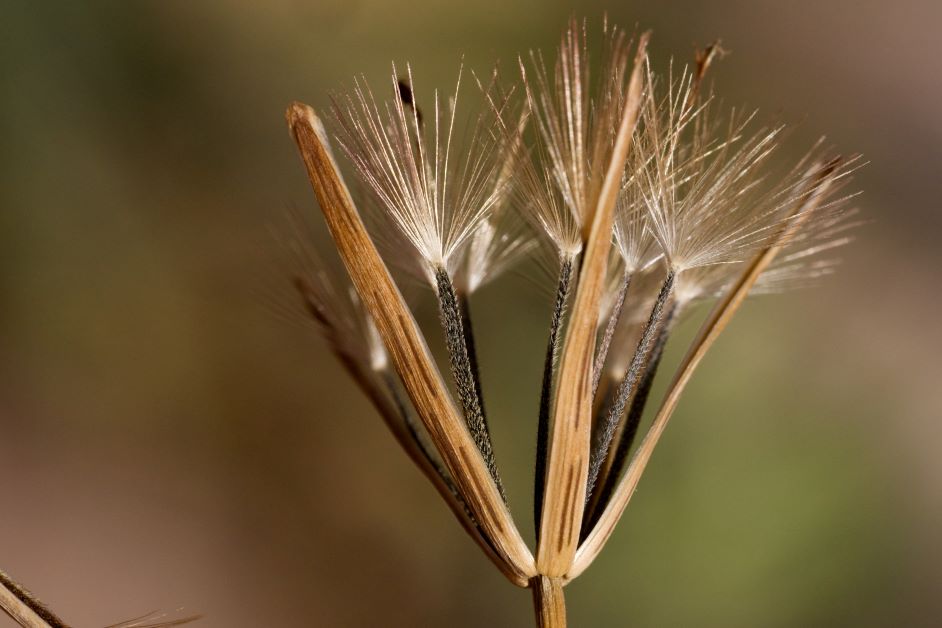
Generally speaking, papalo is easy to grow but it does have a low germination rate. Plant more papalo seeds than you think you need.
- Fill a seed starter tray with high-quality potting soil.
- Keep your papalo seeds intact – breaking them or tearing off the little pompom lessens the chance of germination.
- Papalo seeds like to be buried shallow. Using your finger, poke a hole about 1/4 inch into the soil and place your papalo seed inside.
- Cover your seed in a thin layer of soil and pat it down to make sure your seed stays in place.
- Water your seeds and keep them moist but not soggy.
- Keep your papalo seeds in a spot that’s at least 70F and gets 6-8 hours of sun a day.
- Your seeds should germinate in 7-20 days.
- Transplant your seedlings when they’re about 6 inches tall.
Papalo Growing Conditions

Under the right conditions, papalo will grow wild and abundant. It’s a low-maintenance herb that needs little care and usually doesn’t have problems with pests or diseases.
Sun
Papalo does best in full sun but will also grow in dappled shade.
Temperature
Getting the temperature right is the most important thing to have a successful papalo harvest. Papalo does best in when the daytime temperatures are between 75F and 90F and nighttime temperatures are no lower than 60F.
Water
Papalo is drought-tolerant and doesn’t do well if it stays too wet for too long. Water your papalo a few times a week, and always let your papalo dry out between watering.
Soil
As long as the soil is well-draining, papalo isn’t too picky. It’ll grow in soil that’s acidic to alkaline, average to fertile, and sandy to loamy.
Fertilizer
Fertilizing isn’t usually necessary when growing papalo. If you have infertile soil, amend it with kitchen scrap compost two weeks before transplanting.
Spacing
Papalo tends to grow tall, even though its stalks aren’t very strong. Planting your papalo a little close together will help your plants support each other and stop them from falling over. Space your papalo seedlings 6 to 12 inches apart.
Is Papalo an Annual or Perennial?
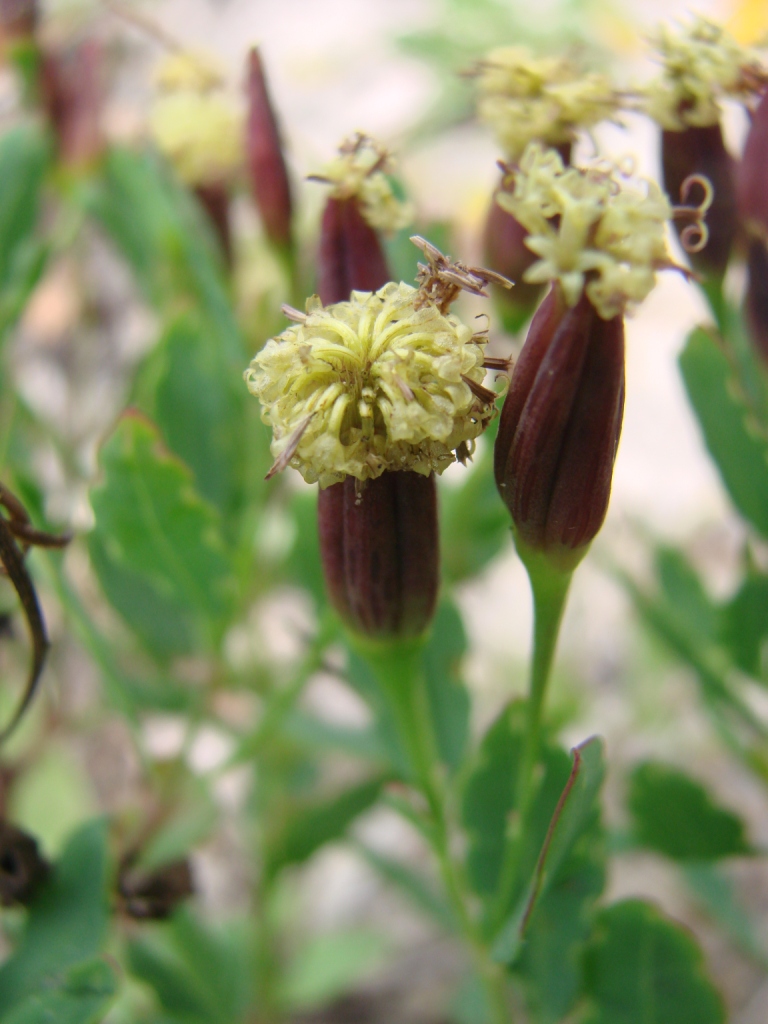
Papalo can be an annual or a perennial depending on where you live. In most places, papalo dies when the weather gets cold in the fall. If you live in a zone that stays through winter (zones 10+), then you can grow papalo all year.
Can You Grow Papalo in a Container?
Yes! Papalo has a shallow root system and grows great in containers. You can also grow papalo as a houseplant as long as you give it enough sun and put it in a spot in your house that’s warm and free of drafts.
The same spacing rules apply for papalo when growing it in a container – plant them a little close together to give them support. You should be able to fit a few plants in a DIY grow bag.
How to Harvest Papalo
Papalo is a cut-and-come-again crop. That means you cut the plant with scissors and let it keep growing instead of pulling the whole thing up out of the ground.
Harvesting your papalo often will help it grow bushier and hardier. When it reaches a few feet tall, chop it down by half. Pulls the leaves off the stem and use them the same way you’d use cilantro.
One of the best things about papalo is how easy it is to harvest seeds when it does eventually go to seed. When your papalo bolts, let the flowers dry out on the plant and when the seeds look like dandelions, pinch them off the plant. Store your papalo seeds in a dry place (an envelope works well) until you’re ready to sow again.
Featured photo credit: Wibowo Djatmiko


